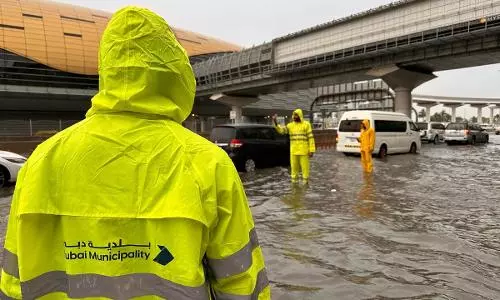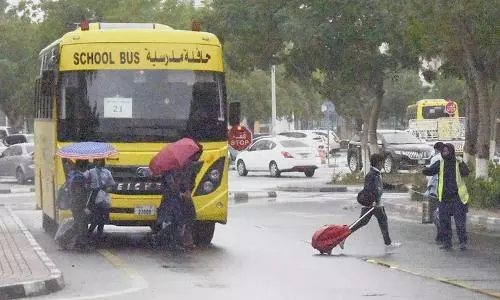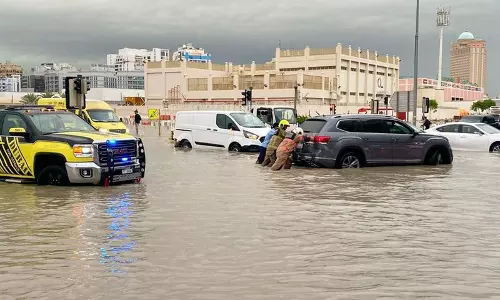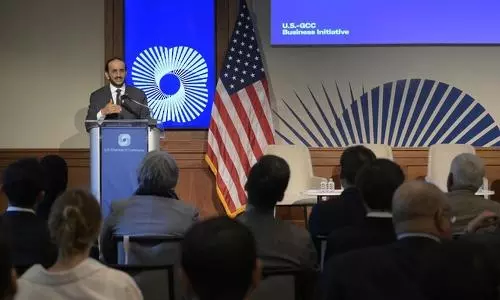
NASA's heartbeat-detecting technology saves lives in Nepal
text_fieldsWashington: A new heartbeat-detecting technology developed by NASA has helped rescue at least four men trapped under as much as 10 feet of bricks, mud and other debris in Nepal in the aftermath of the April 25 earthquake, the US Department for Homeland Security (DHS) has said.
The device, called FINDER (Finding Individuals for Disaster and Emergency Response), uses microwave-radar technology to detect heartbeats of victims trapped in the wreckage.
Following the April 25 earthquake in Nepal, two prototype FINDER devices were deployed to support search and rescue teams in the stricken areas. The men had been trapped beneath the rubble for days at Chautara in the badly hit Sindhupalchok district.
"NASA technology plays many roles: driving exploration, protecting the lives of our astronauts and improving -- even saving -- the lives of people on Earth," said David Miller, chief technologist at NASA headquarters in Washington.
The FINDER search-and-rescue device, developed by Nasa's Jet Propulsion Laboratory in partnership with DHS, is based on technology originally developed to find life on other planets.
"FINDER exemplifies how technology designed for space exploration has profound impacts to life on Earth," Miller noted.
FINDER has previously demonstrated capabilities of detecting people buried under up to 30 feet of rubble, hidden behind 20 feet of solid concrete and from a distance of 100 feet in open spaces, DHS said in a statement.
A new "locator" feature has since been added to not only provide search and rescue responders with confirmation of a heartbeat, but also the approximate location of trapped individuals within about five feet, depending on the type of rubble.
"The true test of any technology is how well it works in a real-life operational setting," Reginald Brothers, DHS under secretary for science and technology, said.
"Of course, no one wants disasters to occur, but tools like this are designed to help when our worst nightmares do happen. I am proud that we were able to provide the tools to help rescue these four men," Brothers noted.























